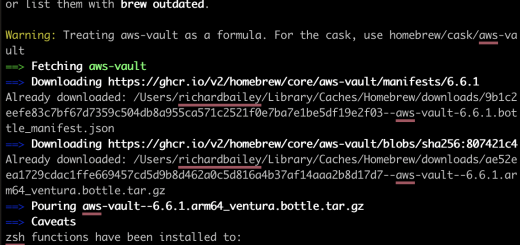Low-Code vs No-Code: What are the differences?
To boost productivity and agility in development processes, it’s crucial for organizations to understand the core differences between low-code and no-code platforms. Our article delves into these differences, highlighting the benefits of each and addressing design flaws and security vulnerabilities.
What are Low-Code and No-Code Development Platforms?
Low-code and no-code are similar in supporting app and automation creation via a drag & drop UI but differ significantly. Low code offers granular controls for skilled developers proficient in coding. In contrast, no-code provides predefined coding options that can be dragged and dropped into a workflow to build an application. No-code is popular among non-technical workers and small business owners, who can switch to low-code as they become more skilled.
Fast is Never Fast Enough
Since the turn of the millennium, traditional coding has flourished as Java, C#, JavaScript, Python, and many more programming languages have taken centre stage. However, programming languages are flawed, and businesses deeply embedded in traditional coding practices realise that managing code at scale can prove to be very difficult, particularly when maintaining code between different teams.
All developers write and maintain code differently, even when businesses attempt to enforce code standards. Furthermore, writing traditional code can be slow and cumbersome, often taking months or years to fine-tune complex implementations and involving substantial manpower for code reviews, testing, deployments, and maintenance.
As a result, there has been a gradual shift towards low code in recent years. This uptake created noticeable increases in productivity with the introduction of IDEs and source control. But for many, this still needs to be faster. Cloud computing has enabled businesses to deploy services in minutes rapidly, and this ability is feeding an insatiable desire to have code ready and deployed instantly.
Low-Code for Developers
And this is where no-code comes in – a solution that requires minimal development skills to write and deploy. The idea of no code is intertwined with the DevOps mentality that simple code should be instantly available for deployment. Instead of reusing low-code software repositories, no-code is typically a software-as-a-service (SaaS) offering that enables the creation of applications by users with no prior knowledge of programming languages, machine code, or platform development.
No-code users navigate a visual platform to build simple applications. Non-technical users can drag and drop a design process to create apps and automation that help them deal with cumbersome manual tasks, as well as be able and offer new digital services.
Benefits of Low-Code and No-Code
There are excellent reasons for using both platforms, as evident in these low-code examples. Let’s take a high-level look at the benefits of using low code before we examine the benefits of using no code.
We’ve created a comparison chart that demonstrates what we believe are the benefits of each approach to development:
| Low-Code Development | No-Code Development |
| Applications can be created with minimal coding needed. | Applications can be created with absolutely no coding required. |
| Great scalability options. | Very limited scalability options. |
| Knowledge of programming languages is required. | No programming skills are needed; everything is created visually. |
| Integration with any existing backend services requires developers to build application hooks. | Integration is only available with a limited selection of pre-defined application hooks. |
| Designed for businesses that already have skilled developers. | Applications can be created by anyone; no knowledge of coding is required. |
| The time to first build is fast; however, integrations can slow the process down significantly. | The time to first build is extremely fast; often, testing and go-live can happen immediately. |
| Making changes to existing code may involve lengthy changes to integrated services. | Making changes is rapid via the user interface. |
Alleviating Security Concerns for Low-Code and No-Code Development
The good news is that low-code/no-code platforms can reduce application development time by over 90%, which allows organisations to be more productive and agile in their development processes. Gartner expects over 70% of application development to be on low-code/no-code development practices by 2025.
However, no-code and low-code do not mean low risk, and there is growing concern over the security of low-code and no-code applications. Like any application, low-code and no-code applications can have design flaws and security vulnerabilities, meaning that companies adopting these platforms must acknowledge and manage the security risks involved.
Low-Code applications need to follow a shared responsibility model for everyday operations, where the ownership for security and functionality is transferred between the customer and the service provider. The service provider has a duty of care to ensure the platform is robust, secure and hardened against all the latest threats. A customer is responsible for creating security-defined low-code applications to protect customer data and the hosting platform.
Traditional security processes based on security reviews cannot keep pace with the rapid increase in application development due to the rapid growth of low-code and no-code platforms. As a result, there is a need to improve existing tools to address this challenge better. In addition, the tens of thousands of applications developed by business and pro users each year can contain numerous vulnerabilities and insecure patterns, exposing organisations to data leakage, supply-chain attacks and ransomware.




Recent Comments